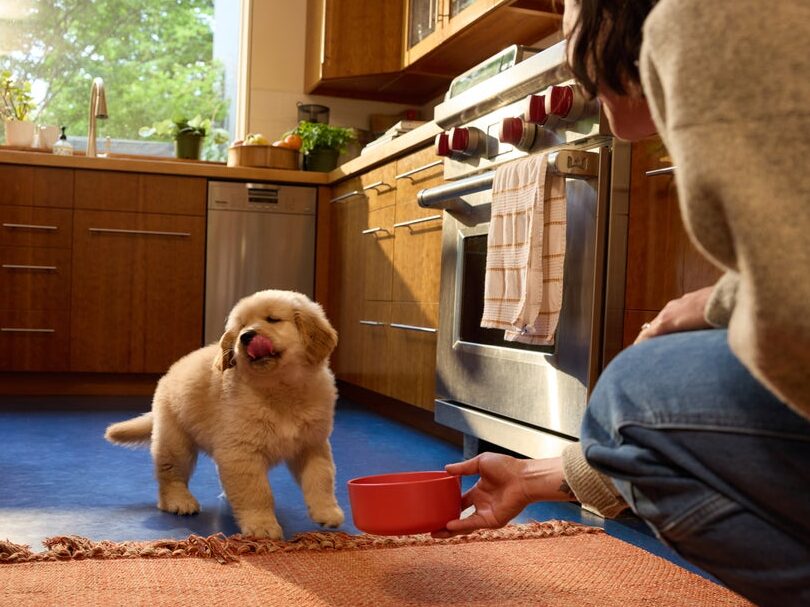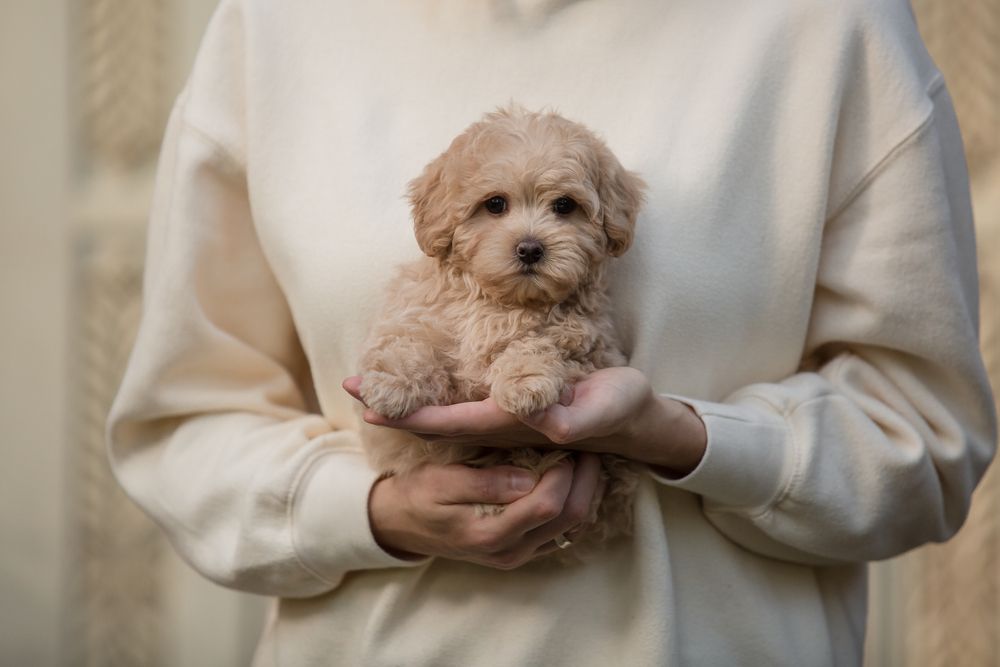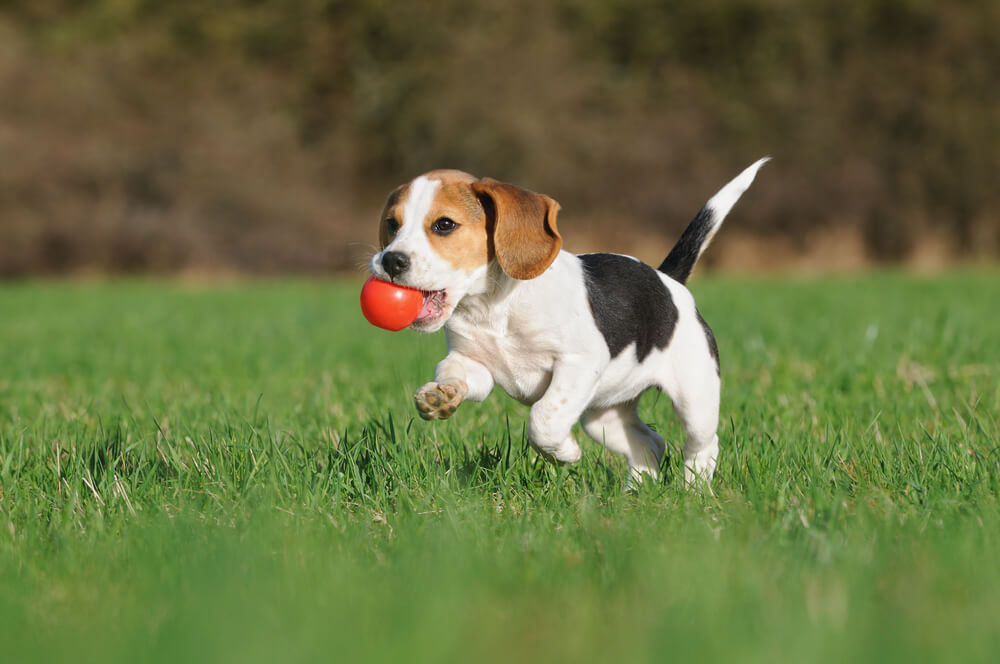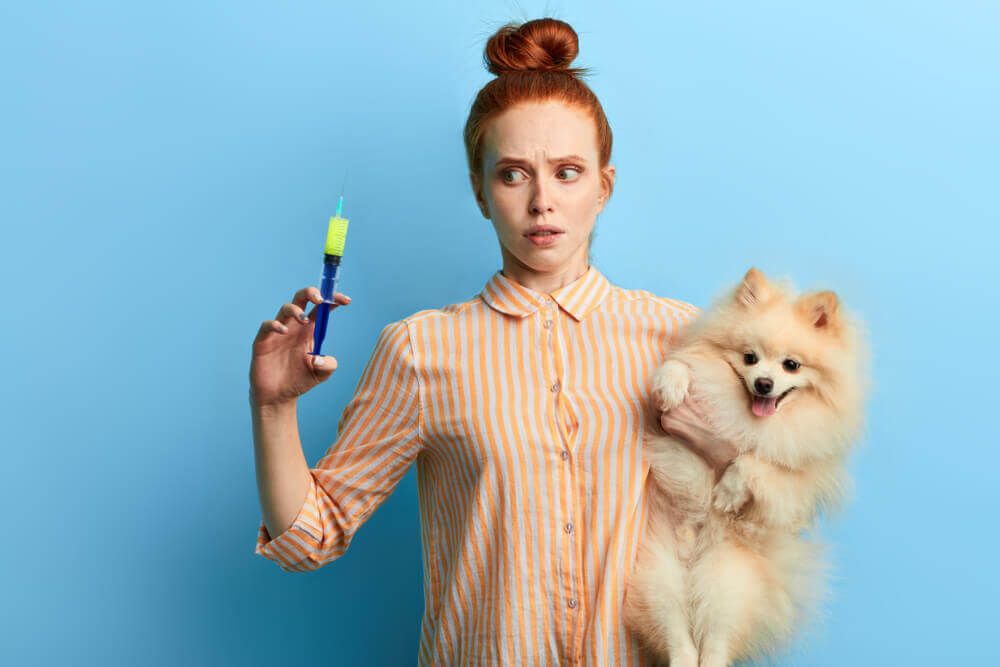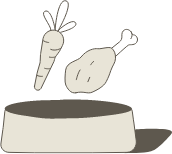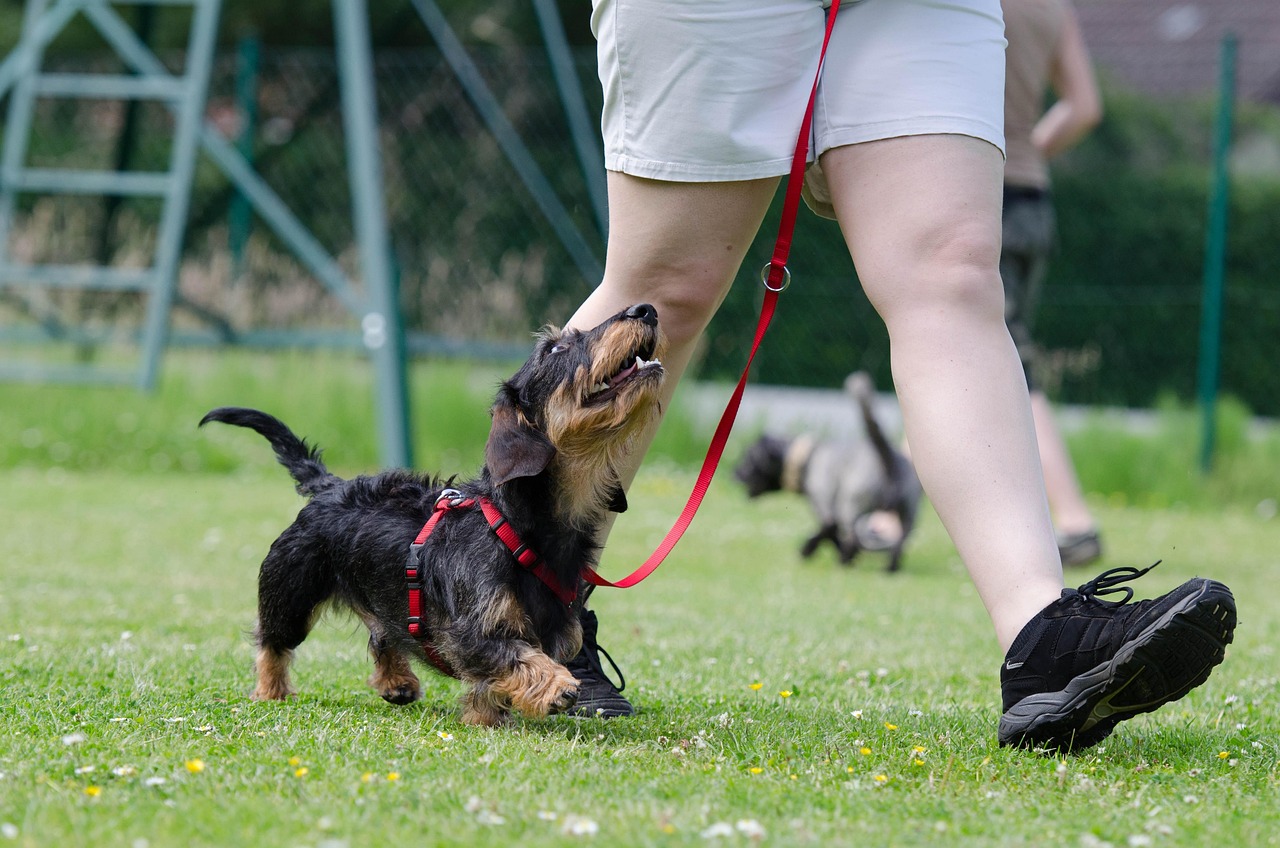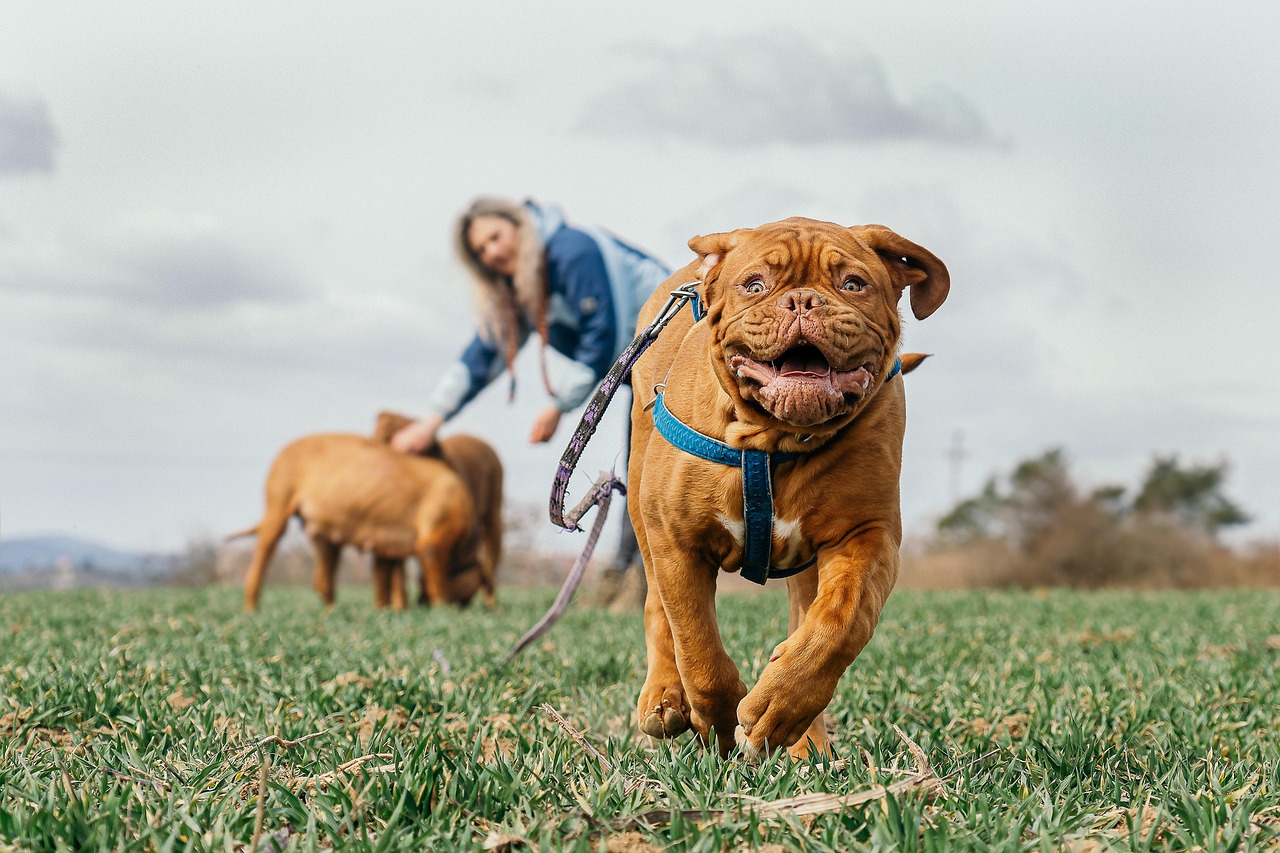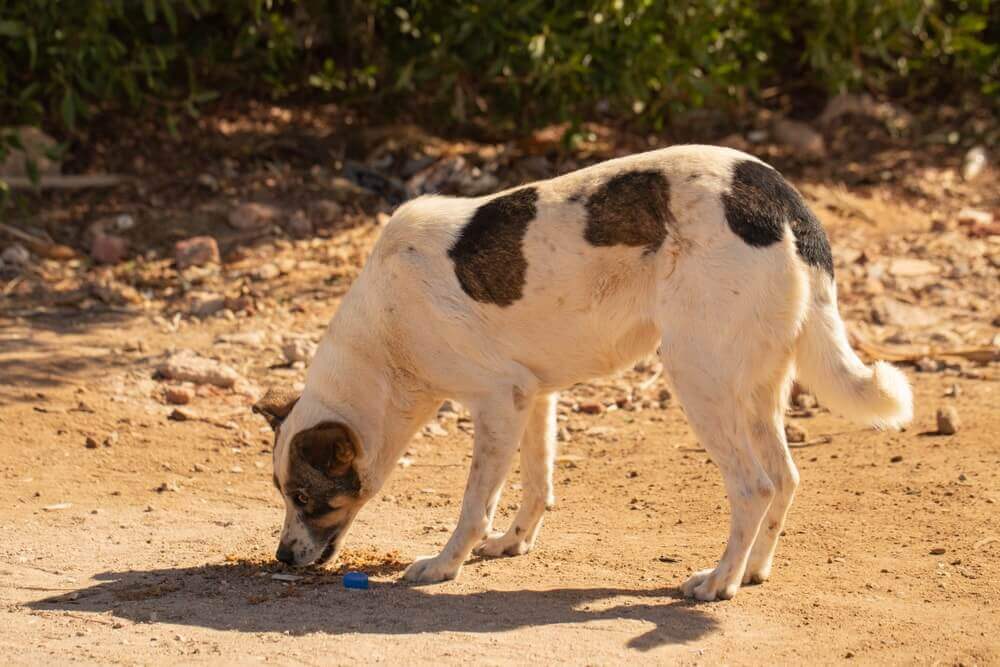Hey Ollie blog readers! We’re offering you an exclusive 60% OFF your starter box! Try now!
Bringing home a puppy is pure magic. It’s also pure chaos—tiny teeth, zoomies, accidents in the house, and moments that make you wonder if you’re raising a future genius or a tiny tornado.
The truth is, puppies don’t come hardwired with “good manners.” They have to learn everything—from where to potty, to what’s safe to chew on, to how to behave around people and other animals. And that’s where training comes in.
Training isn’t about strict rules or complicated commands. It’s about building communication, trust, and a foundation that makes life better—for both you and your dog.
In this guide, we’re laying out a practical, real-world puppy training timeline. You’ll learn what to expect at each stage, how to teach the basics, and how to survive the wild puppy months with your sanity (and your shoes) mostly intact.
Because a well-trained dog doesn’t happen by accident—it happens one small, consistent step at a time.
Puppy Behavior Basics: What’s Normal Early On?
Before you dive into training, it helps to understand one important thing: Your puppy isn’t being “bad”—they’re being a puppy.
Many behaviors that drive new puppy parents crazy are actually completely normal parts of development. Puppies explore the world with their mouths, paws, and noses. They test boundaries not because they’re defiant, but because they’re learning how everything works.
Here’s a quick look at what’s completely normal (and trainable) behavior early on:
- Mouthing and nipping — Puppies use their mouths to explore. It’s how they interacted with their littermates, and now they’re trying it out on you.
- Zoomies — Those random bursts of energy where your puppy races around the house like they’re on a mission? Totally normal.
- Potty accidents — Puppies have tiny bladders and very little control at first. Accidents happen—it’s not a failure; it’s part of the process.
- Chewing everything — Puppies chew to relieve teething pain and explore textures. It’s up to you to direct that energy to the right items.
- Short attention spans — Puppies can only focus for a few minutes at a time. Training sessions need to match their developmental stage.
Understanding what’s normal helps you train with patience instead of punishment.
Instead of getting frustrated, you’ll be able to recognize each messy moment as a chance to teach your puppy what you want them to do.
Training is simply the process of replacing unwanted natural puppy behaviors with acceptable human ones—and that starts by seeing things from your puppy’s point of view.
Complete Puppy Training Timeline: Week-by-Week
Puppy training isn’t a one-size-fits-all situation. It moves in phases, just like a puppy’s physical growth and emotional development. The key is meeting your puppy where they are—building skills slowly and celebrating every small success.
Here’s a week-by-week guide to training and behavior milestones:
8–10 Weeks Old: Early Foundations
- Name Recognition — Start teaching your puppy to respond to their name with positive reinforcement. Say their name, reward with a treat or praise when they look at you.
- Gentle Handling — Practice touching paws, ears, and mouth to prep for grooming and vet visits. Make it positive and rewarding.
- Crate Introduction — Introduce the crate as a safe, cozy place—not a punishment. Feed meals inside the crate and let your puppy nap there with the door open.
- Potty Training Begins — Take them out every hour or two, after meals, naps, and playtime. Celebrate potty successes like it’s a major life event (because it is).
10–12 Weeks Old: Confidence Building
- Socialization in Full Swing — Gently introduce new people, surfaces, sounds, and environments. Early positive experiences build a resilient adult dog.
- Leash Basics — Clip on a lightweight leash indoors and let them drag it around under supervision. Get them used to the feeling without pressure.
- Basic Commands — Start teaching “sit” and “come” using lures (treats) and cheerful encouragement. Keep sessions very short—1–2 minutes at a time.
- Structured Potty Routine — Stick to a schedule to prevent accidents and build predictability
3–4 Months Old: Basic Commands & Structure
- Commands Growing Stronger — Add “down,” “wait,” and introduce basic recall (“come when called”) with low-level distractions.
- Managing Biting — Redirect chewing to appropriate toys every single time. No scolding—just guide them to a better choice.
- Alone Time Practice — Leave your puppy alone for short periods to build independence and prevent separation anxiety later.
4–6 Months Old: Adolescence Kicks In
- Testing Boundaries — Expect selective hearing and mini-rebellions. Stay consistent with expectations, even when they’re being stubborn.
- Solidify Recall and Leash Walking — Reinforce “come” and polite leash behavior, increasing the challenge slowly.
- Impulse Control — Begin working on “stay” and “leave it” using short, fun training games.
6–9 Months Old: Reinforcement & New Challenges
- Raise Expectations Gradually — Practice commands around bigger distractions. Introduce longer “stays” and controlled greetings with strangers.
- Public Manners — Train your dog to behave in pet stores, parks, or outdoor cafes. Start with quiet environments and work up.
- Work Through Teenage Phases — Energy spikes and random stubbornness are normal—consistency matters more now than ever.
9–12 Months Old: Approaching Adult Behavior
- Polishing Skills — Fine-tune “heel,” “stay,” and “recall” with real-world distractions.
- Confidence Building — Keep exposing your dog to new places, people, and experiences to prevent fear-based behaviors later.
- Advanced Manners — For motivated dogs, this is a good time to introduce fun tricks, scent work games, or early agility basics.
Important: This timeline is a guide, not a checklist. Every dog develops at their own pace. Focus on building a strong relationship first, and the skills will follow.
Essentials for Training a Puppy Successfully
Training a puppy isn’t about being a drill sergeant. It’s about setting up an environment where your dog wants to learn and succeed.
Here’s what really matters:
Use Positive Reinforcement
Reward behaviors you like—with treats, praise, toys, or playtime. Make your puppy feel like they hit the jackpot when they get it right.
Timing is Everything
The reward needs to happen immediately—within seconds—for your puppy to connect the dots. Delay, and they won’t understand what they did right.
Keep Sessions Short and Sweet
Puppies have the attention span of a gnat. Aim for 1–5 minute sessions, a few times a day. Quit while they’re still having fun.
Be Consistent
If one person lets the puppy jump on the couch and another scolds them for it, your puppy will be confused. Everyone in the household needs to agree on the rules.
Clear, Simple Cues
Stick to short, one-word commands (“sit,” “stay,” “come”). Using full sentences (“Can you please sit for me?”) is cute, but it’s confusing to your dog.
Skip the Punishment
Scolding, yelling, or punishing mistakes only creates fear and stress. Puppies don’t disobey out of spite—they either don’t understand yet or are overwhelmed.
Make It Fun
Training should feel like a game. When your puppy is excited to work with you, learning happens faster—and deeper.
Training a puppy is less about “fixing bad behaviors” and more about shaping good ones from the start.
Think of yourself as a guide, not a cop—and watch your puppy thrive.
Common Puppy Training Mistakes (And How to Avoid Them)
Even the most well-meaning puppy parents make mistakes. And that’s okay! The goal isn’t to be perfect—it’s to learn what works best for your dog and adjust along the way.
Here are a few common pitfalls to watch out for (and how to dodge them):
Expecting Too Much, Too Soon
Puppies are babies. They’re not going to master “stay” for five minutes on their second day home. Celebrate small wins and build slowly over time.
Inconsistent Rules
If jumping is allowed sometimes (like when you’re in a good mood) but scolded at other times, your puppy will be confused. Pick your rules early—and stick to them every day.
Reinforcing Bad Behavior by Accident
Puppies are attention magnets. If you laugh when they jump, bark, or steal socks, guess what? You just rewarded that behavior. Stay calm, redirect, and reward only the behaviors you want to see more of.
Skipping Socialization
Socialization isn’t just about meeting people—it’s about exposing your puppy to safe, positive experiences with all kinds of sights, sounds, surfaces, and situations. Early socialization lays the foundation for a confident adult dog.
Overusing Treats Without Fading Them
Treats are awesome for early learning, but eventually you want your dog to work for praise, play, or affection, too. Start fading treat rewards gradually once a behavior becomes reliable.
Training mistakes happen. The key is catching them early, adjusting your approach, and remembering that every day is a new opportunity to strengthen your bond.
How Nutrition Impacts Puppy Behavior and Training
Believe it or not, what you put in your puppy’s bowl shows up in more than just their growth chart—it shows up in their behavior, too.
Stable Blood Sugar = Better Focus
Fresh dog food diets help regulate your puppy’s blood sugar throughout the day. That means more focus, better impulse control, and fewer “zoomie” meltdowns during training sessions.
Processed foods packed with fillers, dyes, and sugar spikes can cause wild energy swings, making it harder for your puppy to settle and learn.
Brain Development Needs Real Nutrients
Omega-3 fatty acids (like those from fish oils), B vitamins, and antioxidants are crucial for brain development in growing puppies. A diet rich in natural, whole ingredients supports sharper thinking and faster learning.
Balanced Energy = More Productive Play and Learning
Puppies fueled by fresh, nutrient-dense meals tend to have steadier, more productive energy—not just bursts of chaos followed by crashes. That steady energy helps them stay engaged during short training sessions.
Why Ollie Makes a Difference
At Ollie, we build our fresh food recipes to support healthy growth, stable energy, strong muscles, and brain development—without relying on processed fillers. Better food means a better foundation for everything you teach your puppy, from potty training to polite leash walking.
When you fuel your puppy’s body right, you’re setting them up for training success—and a lifetime of better behavior.
Take Our Personalized Fresh Dog Food Quiz!
FAQs About Puppy Training
Let’s answer some of the most common questions new puppy parents have about training:
How early can you start training a puppy?
Training starts the day your puppy comes home! At 8 weeks old, puppies can begin learning basic cues like their name, “sit,” and “come”—always using gentle, positive methods.
What if my puppy won’t listen outside?
Outside is full of distractions. Start practicing basic commands indoors first. Then move to quiet outdoor spaces before trying busier areas. Gradually increase difficulty as your puppy’s focus improves.
How do I stop my puppy from biting?
Biting is normal for teething puppies. Redirect their mouth to appropriate chew toys every single time. Reward them for chewing the right thing. Be consistent—biting habits won’t vanish overnight.
When can my puppy start leash walking?
Introduce a lightweight leash at home around 8–10 weeks old. True leash manners (walking without pulling) will develop between 12–16 weeks with short, fun practice sessions.
How long should puppy training sessions be?
Very short—especially early on. Aim for 1–5 minutes per session, a few times a day. Young puppies have short attention spans, and quitting while they’re still having fun keeps training positive.
Tagged As:
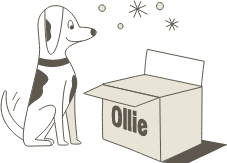
The nutrition your dog needs,
the food they want.

Enjoying our articles? Subscribe our Newsletters and get new articles directly to your inbox
You might also like
23 September 2025
6 MINS READ
Back to School: Training Your Dog at Any Age
As we hit back-to-school season rolls around, it’s not just kids who benefit from sharpening their skills and learning something new—our dogs can, too! Training isn’t limited to puppies or p…
by Ollie Pets
23 September 2025
7 MINS READ
Lace Up and Leash Up: A Beginner’s Guide to Running with Your Dog
Running is one of the simplest ways to stay active, and it’s even better with a canine companion. Not only does running with your dog keep you both in great shape, it also strengthens your bond …
by Ollie Pets
18 September 2025
8 MINS READ
Why Do Dogs Eat Rocks? Common Reasons & How To Stop It
Why do dogs eat rocks and is it dangerous? Learn what causes this behavior, what to watch for, and how to stop your dog or puppy from eating rocks safely.
by Gabby Slome
